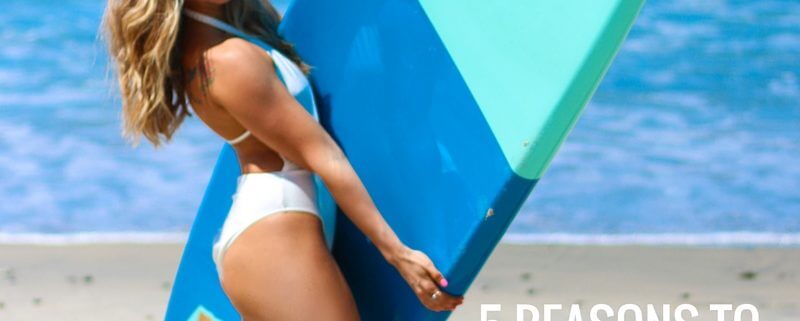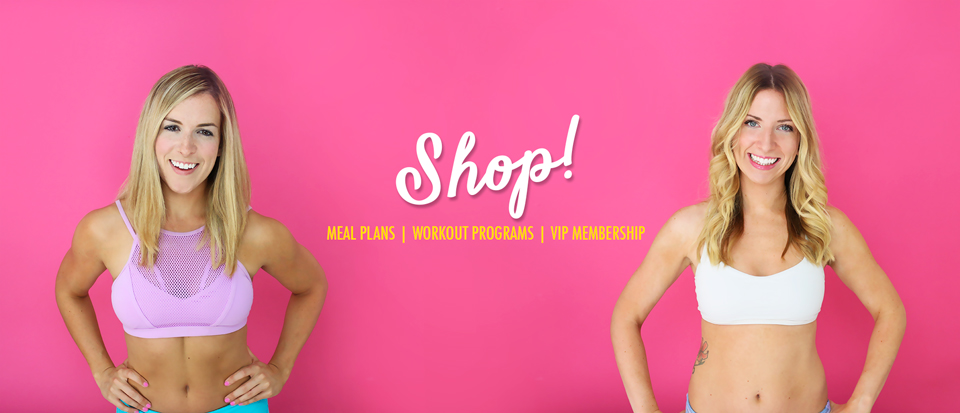5 Benefits of SUP Boards | SUP Yoga San Diego
Stand up paddle boards (SUP) offer a fun, relaxing way to play on the water this summer.
Plus it’s great exercise! We partnered with MixCala SUP Boards to shed some light on the amazing benefits of SUP Boards.
5 Benefits of Stand Up Paddle Boards
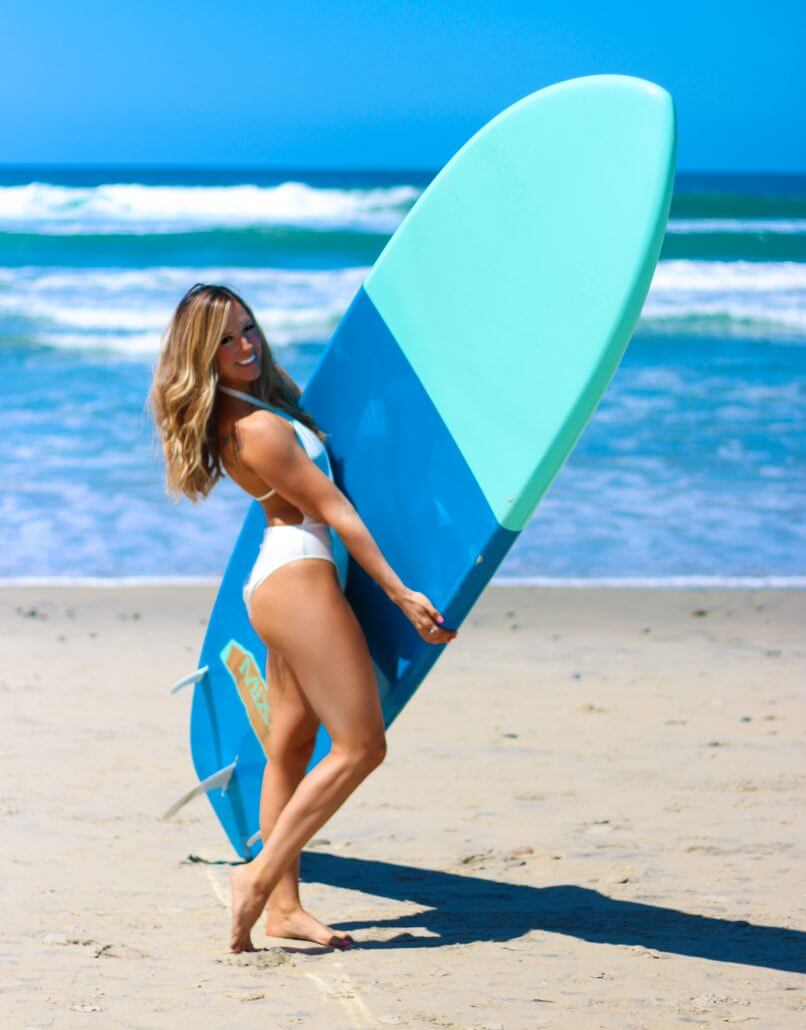 1) Full Body Workout
1) Full Body Workout
SUP is great workout that will burn mega calories. Not only will you be working on your balance, but you will be strengthening your core, arms and legs, all while having a great time!
2) Core Benefits
Because of the instability of standing on a paddleboard in water, you’ll be challenged to use your core to find and keep your balance. It won’t feel like a traditional workout (because you’ll probably be having so much fun), but you’ll get the same amazing core sculpting benefits from paddling around.
3) Low Impact
If you’re looking for a great way to stay active without intense impact or other strain on your joints, SUP is the perfect option for you!
4) Improve Your Balance
Unless you regularly train your balance, as you age, it will diminish. Did you know that falls are the leading cause of injury and death in the senior population? It’s never too early to start working on your balance and agility.
With SUP activities (i.e. paddling, wave surfing, SUP yoga, etc.), your balance will be challenged ever so slightly. And don’t worry, if you do end up falling off, you’ll just get to go for a quick swim before you hop back up on the board to try again! 🙂
5) Increase your Flexibility
Up to try to something new? SUP Yoga is such a fun and challenge way to increase your flexibility and strength all at the same time.
Now, let’s go over some basics when it comes to SUP Board technique…
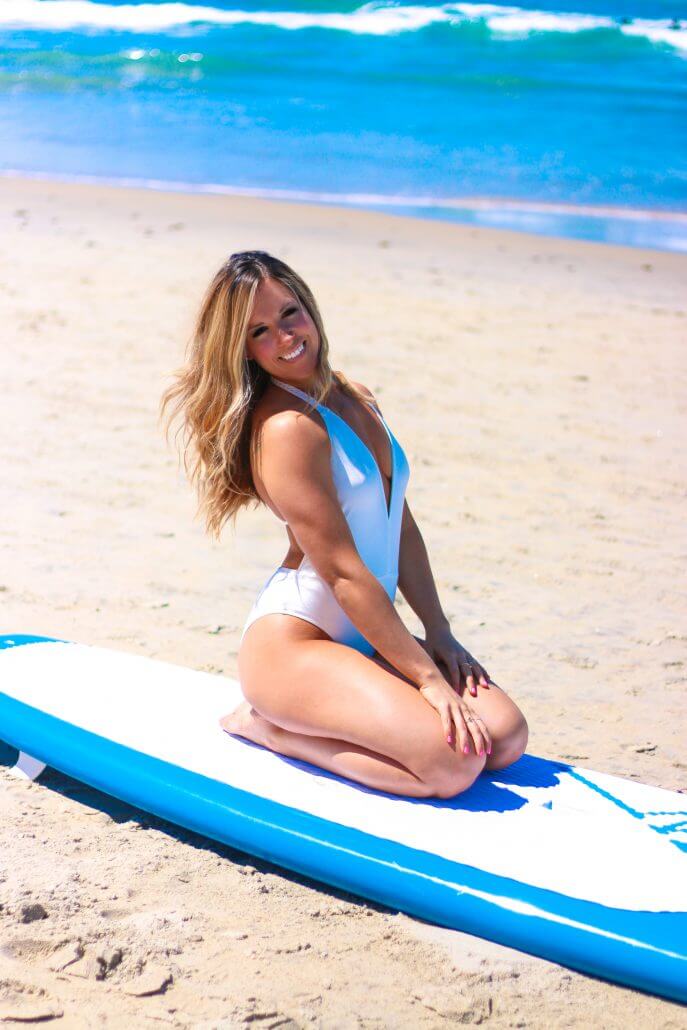 SUP Technique
SUP Technique
Standing Up on Your SUP
When you’re new to the sport, it’s best to start out in flat, calm water that’s free of obstacles like boats and buoys.
At first, you may find it easier to kneel on the board rather than to stand upright. Here are the steps to get you started:
- Standing alongside the board in shallow water, place your paddle across the deck of the board and use it as an outrigger. The paddle grip is on the rail (edge) of the board; the blade rests on the water.
- Hold the board by the rails. One hand will also be holding the paddle grip.
- Climb onto the board in a kneeling position, just behind the center point of the board.
- From that kneeling position, get a feel for the balance point of the board. The nose shouldn’t pop up out of the water and the tail shouldn’t dig in.
- Keep your hands on either side of the board to stabilize it.
- Once you’re ready, stand up on the board one foot at a time. Place your feet where your knees were. You might also bring a friend to help stabilize the board as you get the hang of standing on it.
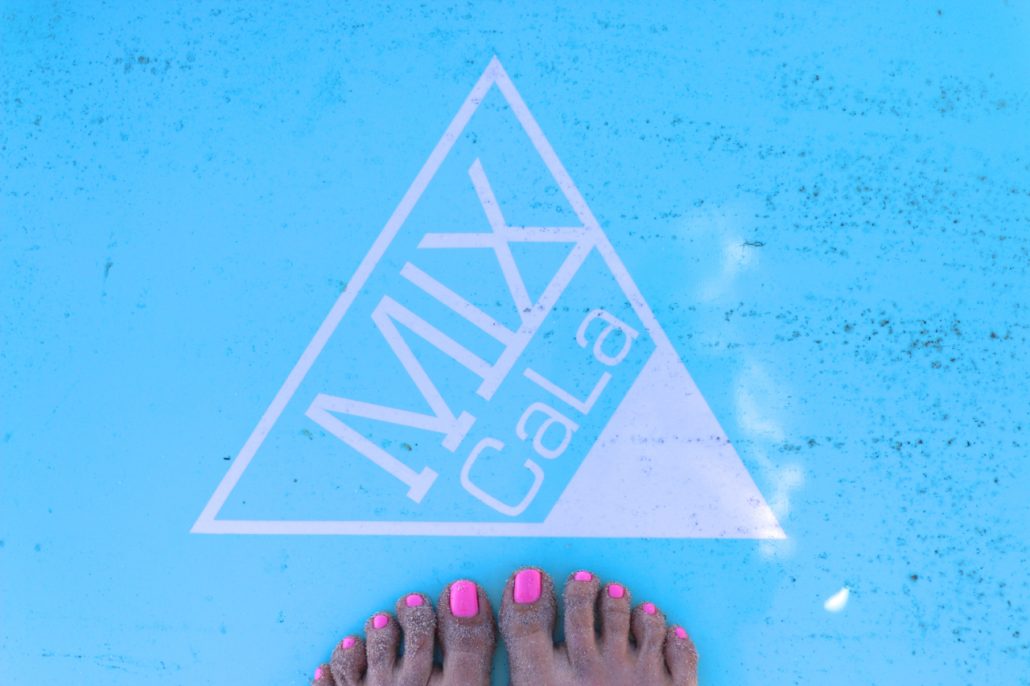 SUP Stance
SUP Stance
To maintain your balance as you stand upright on the board:
- Your feet should be parallel, about hip-width distance apart, centered between the board rails (edges). Don’t stand on the rails.
- Keep toes pointed forward, knees bent and your back straight.
- Balance with your hips—not your upper body.
- Keep your head and shoulders steady and upright, and shift your weight by moving your hips.
- Your gaze should be level at the horizon. Avoid staring at your feet.
- Much like bicycling, when your forward momentum increases, your stability increases as well.
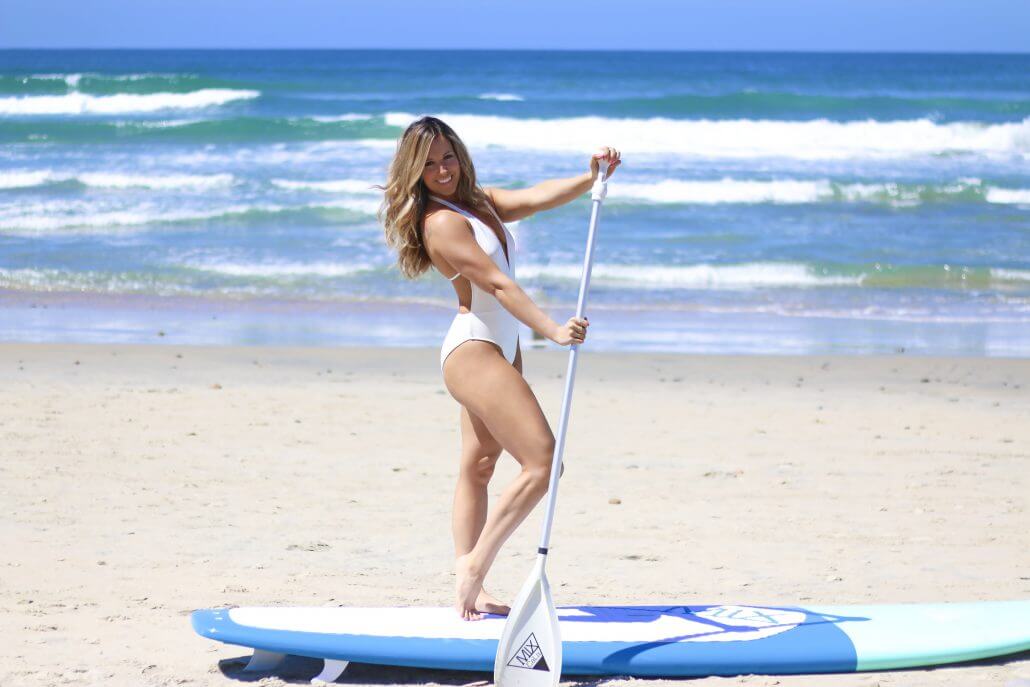 SUP Stroke
SUP Stroke
Some pointers about the basic paddle boarding stroke:
- If you’re paddling on the right, your right hand is lower and on the paddle shaft. Your top (left) hand is on the top of the grip.
- The elbow (angle) of the paddle faces away from you. This may look and feel counterintuitive at first.
- Keep your arms straight and twist from your torso as you paddle. Think of using your torso to paddle rather than your arms. You have more strength in your abdominal muscles than in your arms.
- Push down on the paddle grip with your top hand.
- Plant the paddle by pushing the blade all the way under the surface, pull it back to your ankle, then out of the water.
- At first, keep your strokes fairly short and close alongside the board. No need to overpower it.
- A small draw stroke at the beginning of the paddle stroke will keep you going forward.
- To go in a reasonably straight line, paddle about 4 or 5 strokes on one side, then switch to the other.
- When you switch sides, you’ll reverse hand positions.
Where to get a SUP
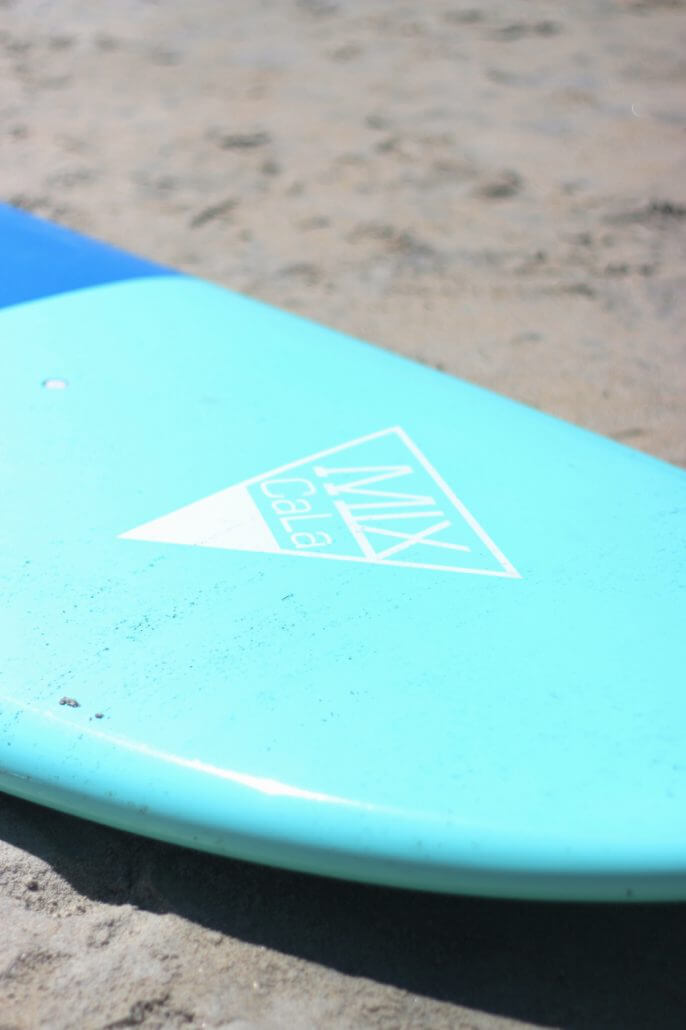 Looking to invest in this fun family activity?
Looking to invest in this fun family activity?
MixCaLa boards have the best quality SUPs on the market. MixCaLa boards use 100% real bamboo so you can enjoy flexibility while surfing without sacrificing durability. They use what’s called sandwich construction technology to keep the weight low while increasing durability.
We also love the duo-toned bright colors of the boards! They also have an added extra layer of protection underneath the deck pad area.
So don’t hold back, jump on a brand new MixCaLa board and paddle as often as you like, as long as you want.
Happy paddling!

